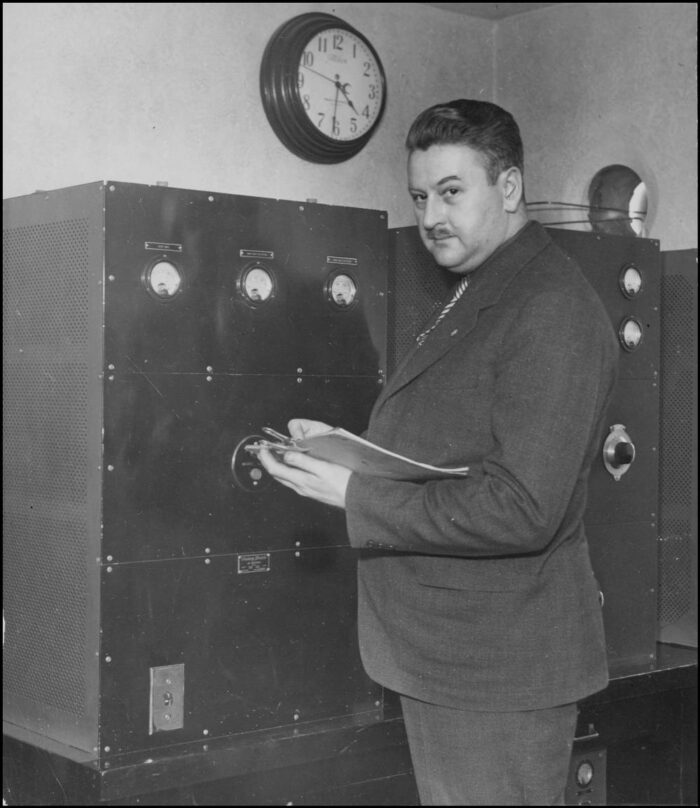In the 1930s, during the during the famous hunt for John Dillinger, police actively tracked the notorious gangster from city to city. No more had he left the scene of a crime than police radio operators were broadcasting the route he was traveling.
But other ears besides those of the police were able to listen in on the communications.
Numerous amateur operators and police radio fans were able to follow the trail of John Dillinger by short-wave radio as law enforcement officers pursued him. When orders went out to squad cars and sheriff patrols to guard certain sections of the highway over which the gangster was expected to travel, hundreds of persons knew exactly where law enforcement was located.
And it was also evident that John Dillinger himself had only to tune into the short-wave radio to be able to listen and evade law enforcement.
In 1936, experimental radio frequencies were allotted to police radio systems in Minneapolis, Detroit, Indianapolis, St. Louis, Kansas City, and Davenport for testing of the practical application of radio-telegraph code. The new code system of radio-telegraph would mean that gangsters and other underworld characters would have less chance of obtaining police information than they did under the short-wave radio telephone system.
When writing about the new technology, the Minneapolis StarTribune noted: “The criminal whose head is already bowed by the use of modern crime-fighting equipment and operations by police throughout the country will have just another worry to add to those that keep him awake nights.”
In the photograph above, Howard Kelly, Minneapolis Police Radio Superintendent, stands at the police radio system which is set up to start broadcasting messages in code.
Story from the Minneapolis StarTribune of April 11, 1936
Photograph of Howard Kelly on April 10, 1936 courtesy of Hennepin County Library
